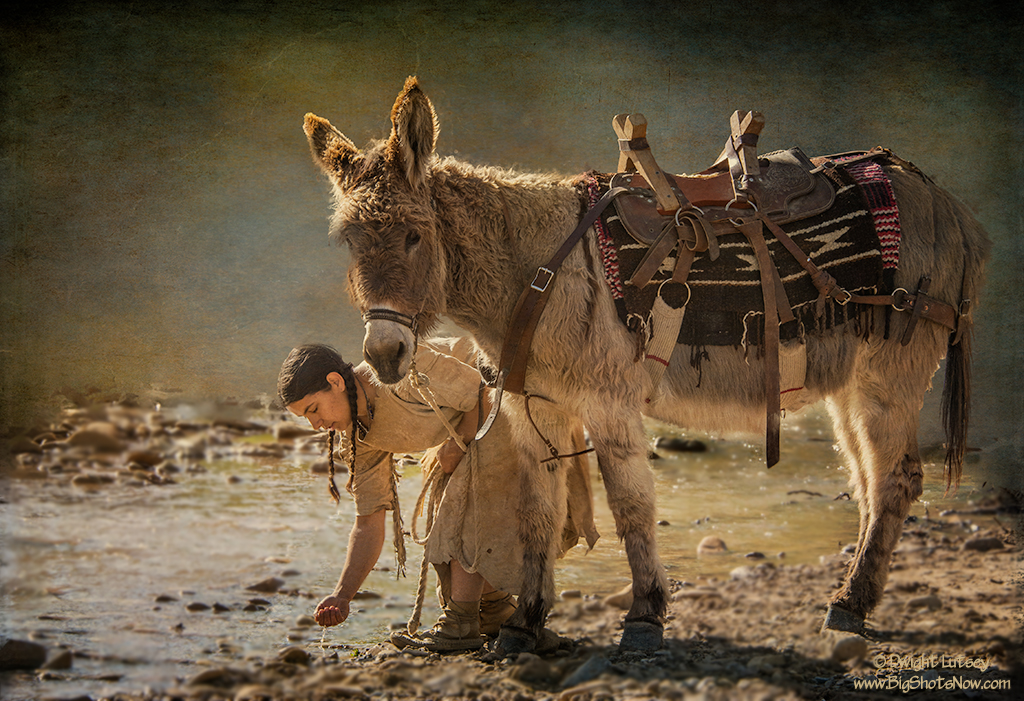
Funny thing about wants and needs. Sometimes they line up, other times not so much. They aren’t always the same, the wants and needs that is. The maiden knows the donkey needs to drink. They’re going to be off today on a long trip and there may not be any springs available on the way. So for the success of the journey the donkey needs to drink.
The donkey on the other hand doesn’t give a damn about the journey or what the maiden wants or anything else except maybe eating some grass, he doesn’t feel like a drink. He had a big drink last night and he hasn’t done anything since then so that’s enough right now. Plus it’s obvious his companion wants him to so he won’t, just to be obstinate. Donkeys are like that especially Jack’s, the male ones, who are obstinate by nature. My Dad used to say “They’d bitch if they was hung with a new rope.” not just donkeys, he didn’t have much experience with donkeys, or as he called them ‘Lawn Ornaments’ but anyone who was obstinate just for obstinate’s sake.
The maiden being a maiden is used to males being obstinate. She deals with that every day and has found a few work arounds to get past this particular problem. For her the needs and the wants of this situation just happen to line up. She wants the donkey to drink because she needs the donkey to drink. To accomplish this she acts like they just happened to stumble on this creek, and it just happens to be full of water, which will taste good if one were to drink it. So she scoops up a little and tastes it and by god it is good so she kinds of ignores the donkey and has another taste. Shortly the donkey being curious, looks to see what she’s doing. She takes the handful of water and smacks him gently on the muzzle with that cool water and that’s all it took folks. Forgetting all about obstinance, drinking water is now his idea and she needs to get out of the way. She couldn’t stop him from drinking now if she had to.
In this case all’s well that ends well. The donkey’s been watered with the minimum of fuss, the maiden has accomplished her task and everything’s right with the world.

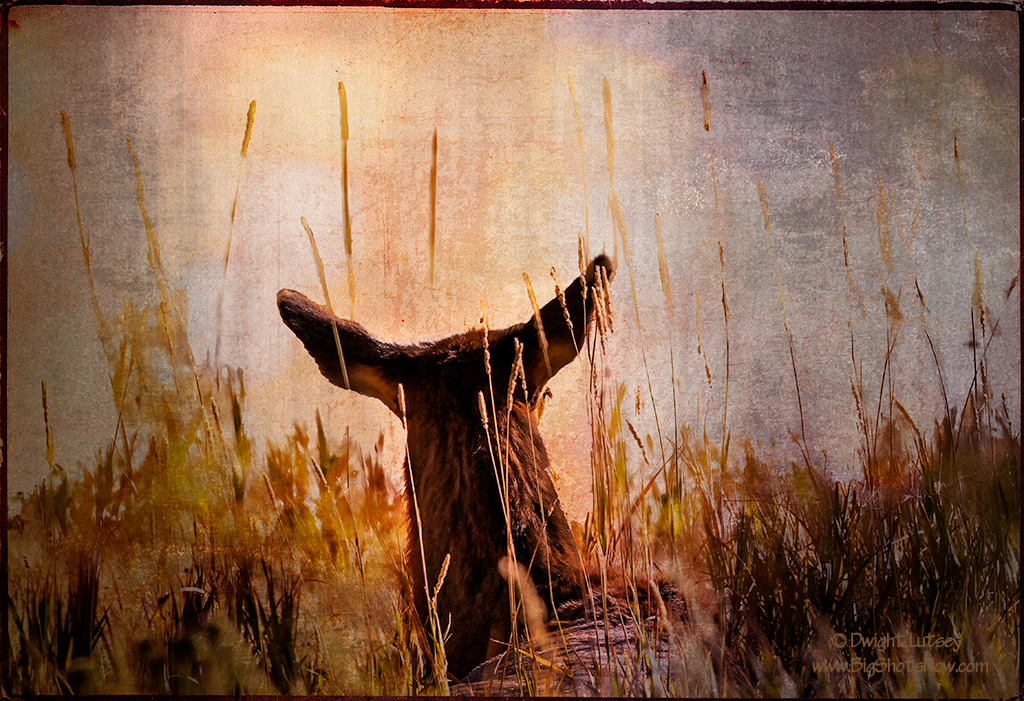
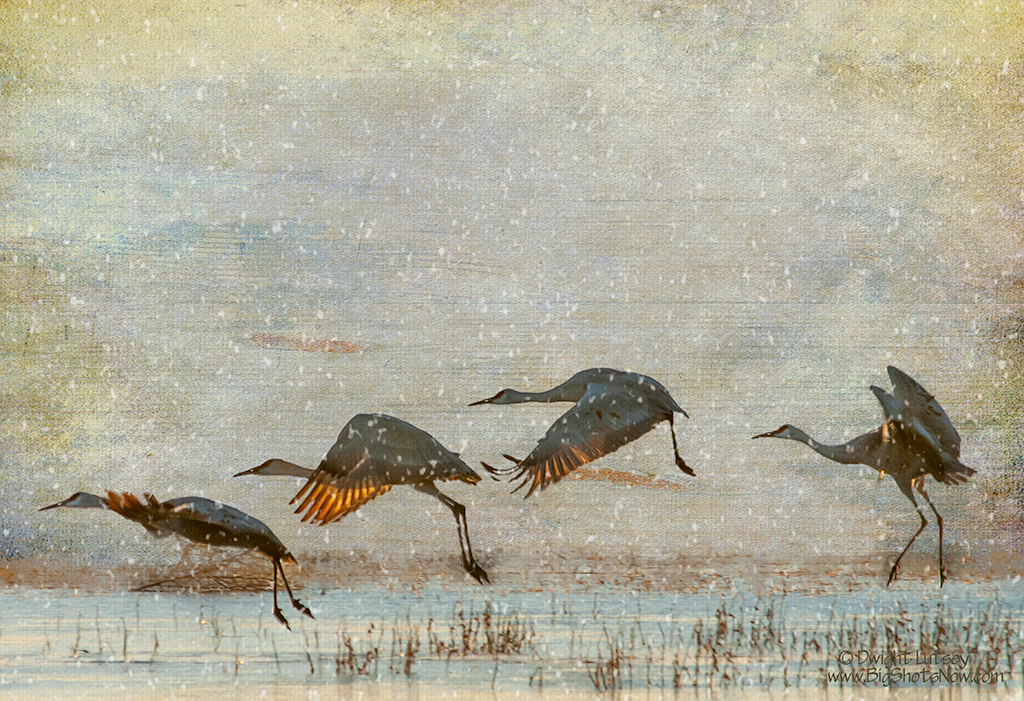
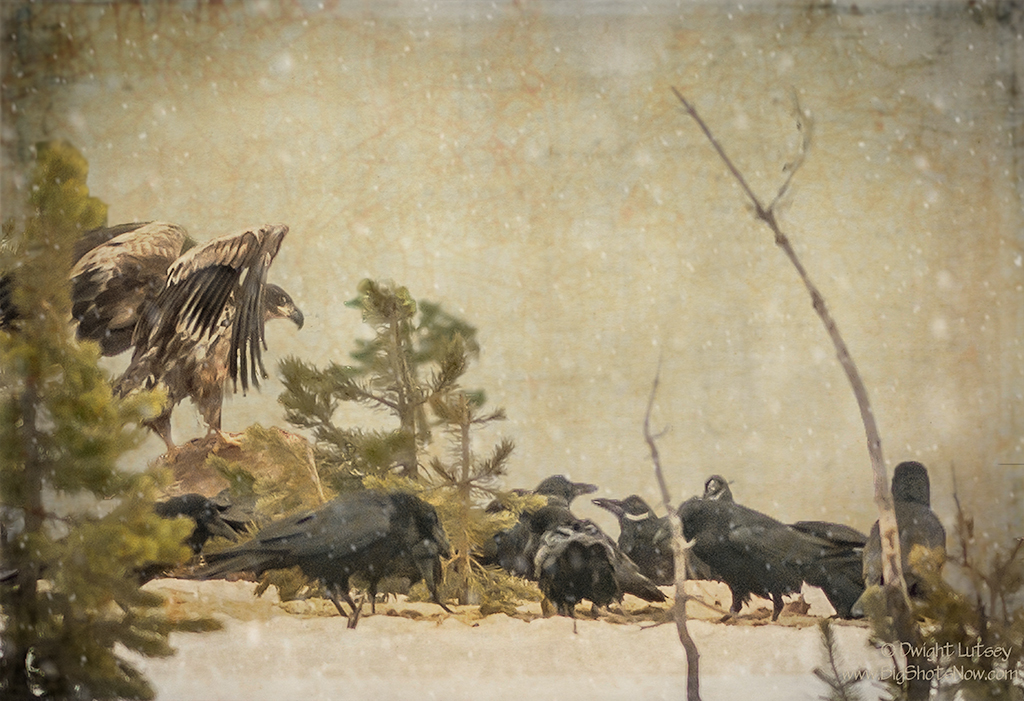
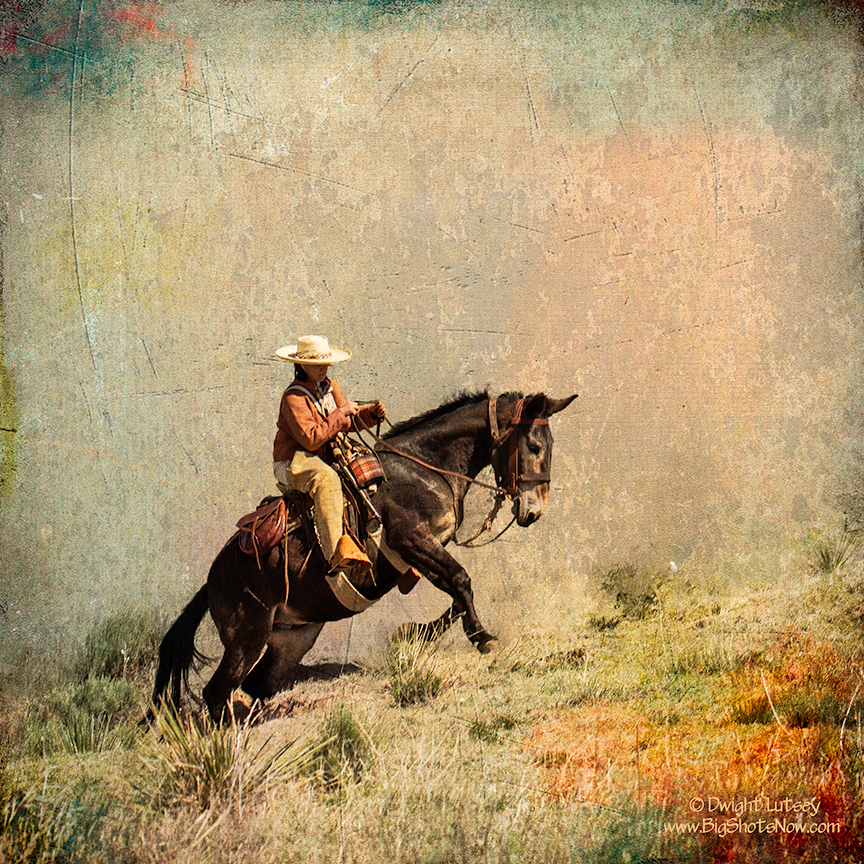
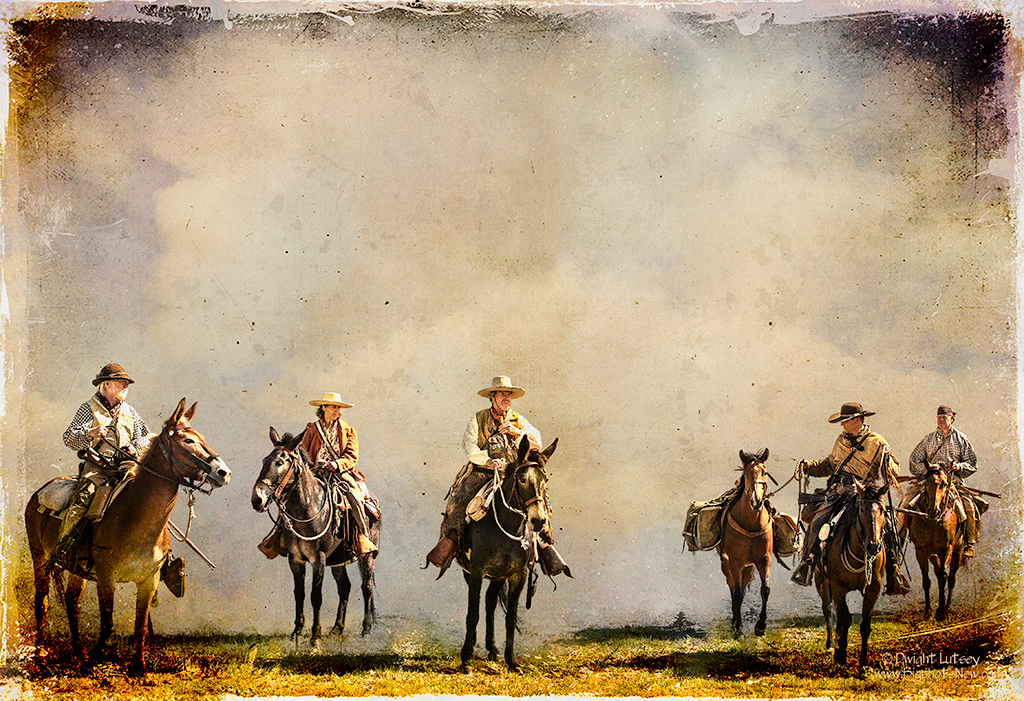
You must be logged in to post a comment.